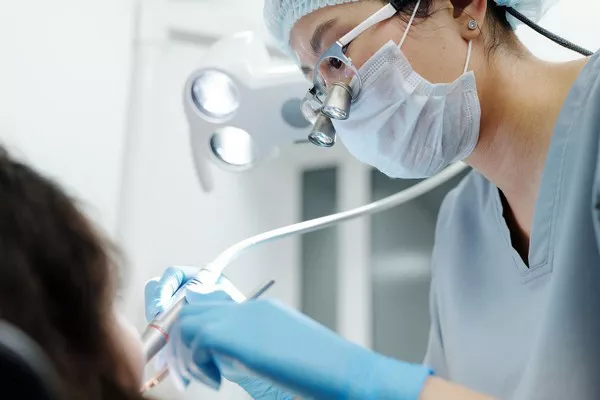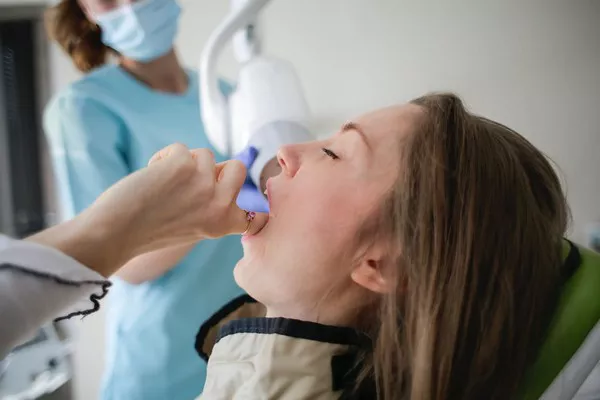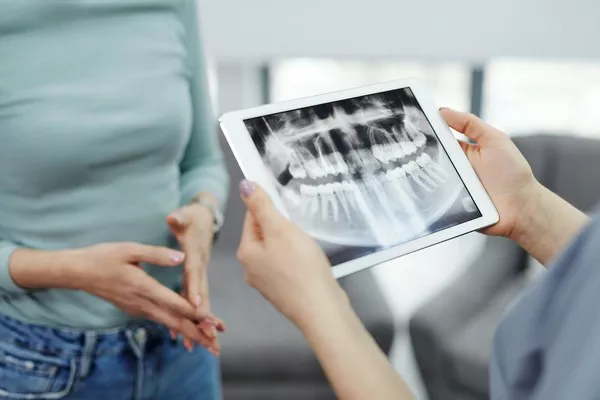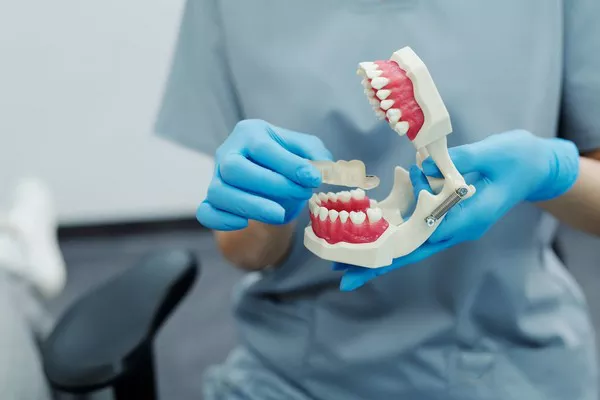Pizza, a beloved food for many, is often associated with indulgence and enjoyment. However, when it comes to dental health, especially after undergoing a filling procedure, it is essential to consider the impact of certain foods on your oral well-being. In this article, we will explore whether eating pizza is advisable after getting a dental filling, shedding light on important considerations and providing practical guidance.
Understanding Dental Fillings
Dental fillings are used to restore teeth that have been damaged by decay or cavities. The procedure involves removing the decayed portion of the tooth and filling the resulting void with a suitable material to restore its function and structural integrity. Various filling materials, such as amalgam, composite resin, glass ionomer, porcelain, or gold, are used based on factors like restoration size, location, aesthetic preferences, and the dentist’s recommendation.
Initial Recovery Period
After receiving a dental filling, it is crucial to allow adequate time for the filling to set and the surrounding tissues to heal. During the initial recovery period, which usually lasts a few hours, it is recommended to avoid consuming any solid foods, including pizza. This allows the filling material to fully harden and bond to the tooth structure, ensuring its longevity and effectiveness.
Considerations for Eating Pizza After a Filling
Once the initial recovery period has passed, you may wonder whether it is safe to enjoy pizza. While there are no strict dietary restrictions following a dental filling, it is important to consider several factors:
a) Sensitivity:
It is common to experience tooth sensitivity after a filling procedure, particularly to temperature and pressure. Pizza, often served hot and requiring biting and chewing, can potentially trigger discomfort if the filled tooth is still sensitive. If you experience sensitivity, it is advisable to wait until the tooth has fully settled before indulging in pizza.
b) Chewing:
The texture of pizza, with its chewy crust and toppings, requires significant chewing. If your filling is located in an area that receives substantial biting forces, such as a molar or premolar, you may want to exercise caution while consuming pizza. Applying excessive force on a recently filled tooth could potentially dislodge or damage the filling. Consider opting for softer variations of pizza or cutting it into smaller, manageable pieces.
c) Sticky Toppings and Sugars:
Certain pizza toppings, such as caramelized onions, sticky cheese, or sugary sauces, can adhere to teeth and promote bacterial growth, potentially leading to further decay. It is important to maintain good oral hygiene practices, including brushing and flossing regularly, to minimize the risk of developing new cavities or compromising the integrity of existing fillings.
Maintaining Oral Hygiene: Key Practices
To ensure the longevity and success of your dental filling, it is essential to prioritize proper oral hygiene. Here are some key practices to follow:
a) Brushing and Flossing:
Brush your teeth at least twice a day with fluoride toothpaste and use dental floss or interdental brushes to clean between teeth and around the filling. Pay extra attention to the filled tooth and surrounding areas to remove any food particles or plaque buildup.
b) Avoidance of Harmful Habits:
Avoid habits that can be detrimental to your oral health, such as nail-biting, chewing on ice or hard objects, and using teeth as tools to open packages. These activities can stress or damage the filling, necessitating premature replacement.
c) Regular Dental Check-ups:
Schedule regular dental check-ups and cleanings to monitor the condition of your filling and overall oral health. Dentists can identify any potential issues early on and recommend appropriate interventions or modifications to your oral care routine.
Post-Filling Dietary Recommendations
While there are no specific dietary restrictions after a filling, it is generally recommended to follow these guidelines:
a) Soft Foods:
In the initial days following a filling, opt for soft, easy-to-chew foods that minimize stress on the filled tooth. This could include soups, mashed potatoes, scrambled eggs, yogurt, or smoothies.
b) Balanced Diet:
Maintain a balanced diet rich in essential nutrients, including fruits, vegetables, whole grains, lean proteins, and low-fat dairy products. A well-rounded diet supports overall oral and systemic health.
c) Limit Sugary Foods and Drinks:
Minimize consumption of sugary foods and beverages as they can contribute to tooth decay. Pizza, although delicious, often contains added sugars in the sauce or sweet toppings. Choose pizza options with lower sugar content or enjoy it in moderation while ensuring diligent oral hygiene practices.
Related Topics:





























